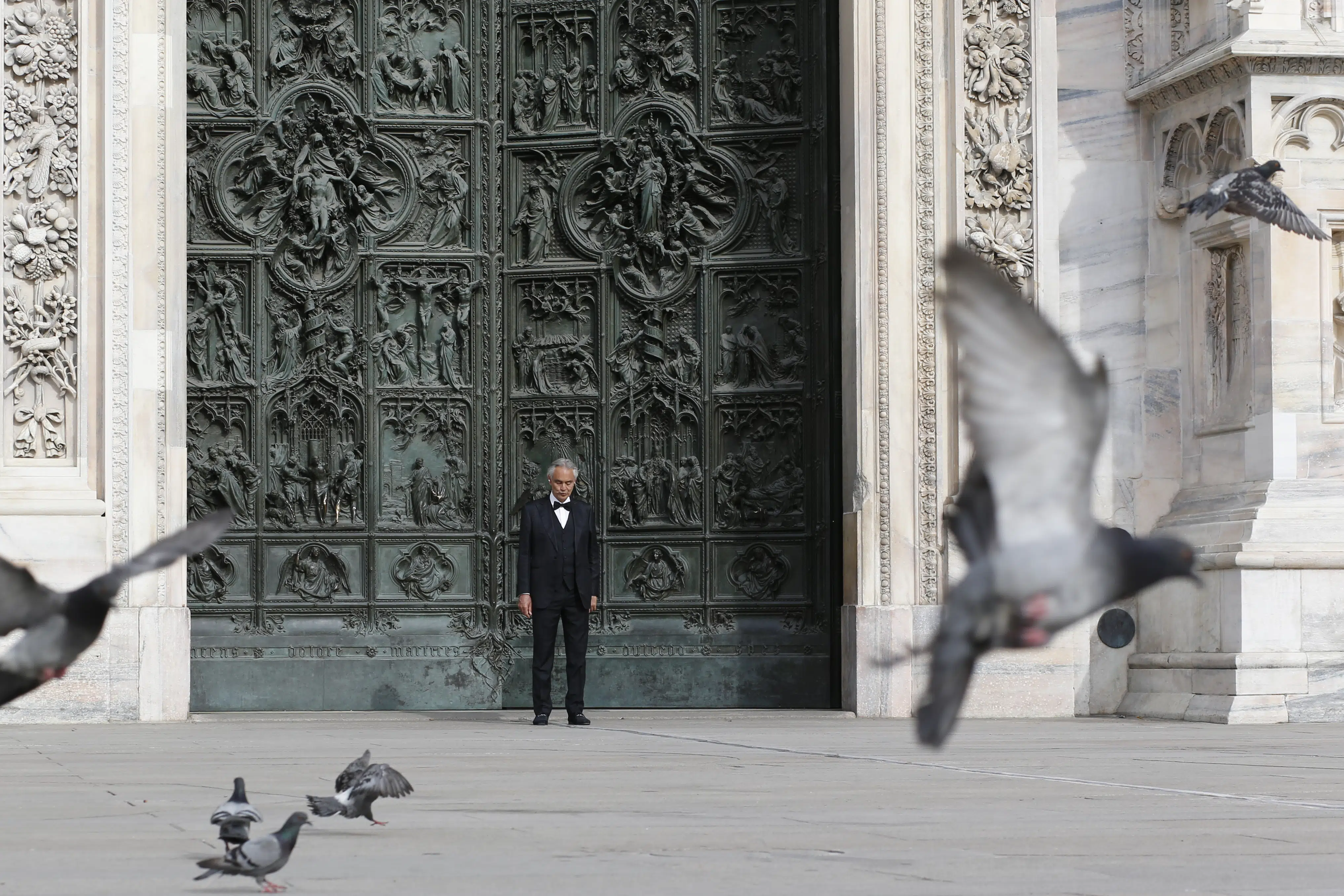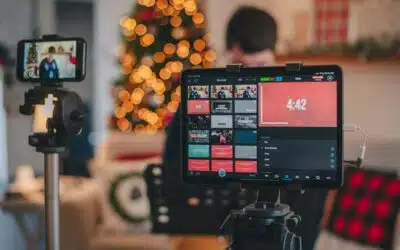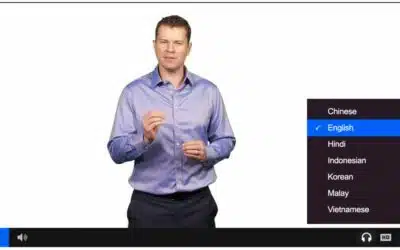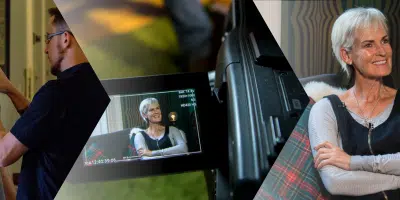A campaign for online streaming service Groovy Gecko brought legendary singer Andrea Bocelli, performing in Milan’s Duomo Cathedral on Easter Sunday during the coronavirus lockdown, to a global audience. Jake Ward, business development director at Groovy Gecko, explains more.

what was the campaign, in a nutshell?
As the world battles the COVID-19 pandemic, Italian music icon Andrea Bocelli was invited by the city of Milan to perform for the world on Easter Sunday in a ground-breaking virtual live concert aptly named Music for Hope. The aim was to bring inspiring and heartwarming music into the homes of everyone in isolation at this desperate time.
How did the idea come into being?
This year’s Easter Sunday was going to be particularly tough for many families and individuals all around the world. Bocelli: Music for Hope aimed to bring an uplifting “message of love, healing and hope”. Just Andrea Bocelli and organist Emanuele Vianelli, along with the Groovy Gecko production team, were to occupy the history Duomo Cathedral in Milan for this uniquely live streamed performance. The objective was to highlight the magnificence of the venue and sombreness of an empty, wounded city – and, of course, a wounded world.
What ideas were rejected?
Not rejected, but there were discussions on whether we could feature UGC (user-generated content) showing how everyone is getting through the lockdown; such as people singing on balconies. But it was decided that the mobile phone footage would have brought down the quality of the experience. We instead cut in professionally shot footage of the empty cities across the world in order to just as effectively demonstrate that we’re all in this together, worldwide.
Briefly describe the campaign planning and process
We were invited by Universal Music Group, Sugar Music, and Andrea Bocelli’s management to pitch our proposal for bringing the Music for Hope concept to life just over two weeks before Easter Sunday.
After extensive planning our team in Italy managed the production on-site while our remote teams managed the streaming and direction. Universal released trailers in advance and hundreds of thousands of people subscribed to the scheduled live event on YouTube.
What were the biggest challenges and how did you overcome them?
Meticulous planning was required to carry out the production in the centre of Milan, a COVID-19 hotspot. Ensuring the health and safety of the team and of the talent was our top priority, which was also logistically challenging. Our team and Andrea Bocelli were stopped several times on our way in and out of the Cathedral by authorities.
We were also extremely careful in setting up all cameras and equipment in order to preserve the sanctity of the historic Duomo di Milano Cathedral.
How did you measure the results?
Music for Hope reached more than 2.8 million concurrent peak viewers in the largest simultaneous audience for a classical live stream in YouTube history, and now has over 39.4 million views (by 5 May 2020).
But most rewarding was creating this once-in-a-lifetime experience for millions of people around the world in the most devastating circumstances. We worked incredibly hard, day and night, to get every detail right so everyone isolating at home would feel like they were witnessing the mesmerising and emotive performance first-hand. It was a tight turnaround, but an incredibly proud moment for the Groovy Gecko team.
What’s the biggest lesson you took away from the campaign?
It was particularly interesting to consider the very specific needs for the audio in such a unique setting. We had a specialist to ensure the audio was on point without any echoes or excess noise in the Cathedral. In the limited time available, we also carried out a number of ‘as-live’ rehearsals with the client. It was hugely beneficial to gain feedback and sign-off on the production in real-time with the various stakeholders involved.
This post was originally featured in PR Week



